Photography has been used to record and document the world around us ,since it was first invented in the mid-19th century.
However, due to technical restrictions (cumbersome equipment and long-exposure times) it was hard for the medium to truly capture news stories without explanatory text in the early days.
This changed with the arrival of the 35mm camera in the 1920s. These lightweight handheld cameras allowed photographers to nimbly, and unobtrusively, weave around their subjects.
Suddenly the photographer could be in the thick of the action, and get the shots as the events unfolded. More than just a means of illustrating a text, photojournalism suddenly became an art form unto itself, often revealing as much about the photographer’s own artistic vision as the scenes they were capturing.
Since the 20s, photojournalists have created some of the most iconic images of the modern world. From the war reportage of Robert Capa to the fleeting scenes of everyday Parisian life by Henri Cartier-Bresson, the 35mm camera allowed photographers to show us what’s going on both at home and around the world, feeding the growing interest in world events and exotic cultures.
Although many new styles, technologies and genres have come along since this golden age of photojournalism, particularly the advent of digital photography, the photo-documentary tradition is still alive and well, especially in India.
Three Bangalore photographers to look out for….
As one of India’s more established photojournalists, Ryan Lobo has been working freelance as a photographer for some time now — alternating between the spheres of commercial, social documentary, war and also more playful personal projects. Best known for his work in Liberia following the ruthless warlord ‘General Butt Naked’, Ryan’s career merges the worlds of still photography and film. With an emphasis on the relationship between image and word, Lobo’s work is often centred on an important current world issue, shot through with personal narratives — be this in the poppy fields of Afghanistan or the private homes of Bangalore.
Srikanth Kolari is another Bangalore-based photographer, known for his socially minded brand of photojournalism. Kolari is first and foremost a storyteller and he strives to give a voice to minority communities. What elevates his work above newspaper reportage, is the sense of attachment, compassion and understanding Kolari has with his subjects. He is not motivated by commercial magazine assignments, but rather sets off around the country on a personal voyage which combines documentation with creative vision. Recently scouted for the prestigious Glenfiddich Artist Residency Programme in Scotland, Kolari is steadily gaining the recognition he deserves and we expect to see great things from him in the future.
Mahesh Shantaram first exhibited with Tasveer in 2008; he had explored Bangalore’s architecture in a straight documentary style as part of a group show. A few years later he went on to produce his critically acclaimed series ‘Matrimania’ — a humourous social commentary where vacant wedding sets formed a metaphorical comment on the country’s penchant for order and chaos. More recently, he has been turning his attention to Europe, where he has been documenting a rural Welsh community from an outsider’s perspective.
Shantaram’s playful and intelligent approach ensures his work exists above straightforward photojournalism — often using photography to explore the more subtle aspects of the human condition.
Tasveer’s commitment to photography...
Over the years, Tasveer has exhibited a range of photographic genres, but the art of photojournalism remains a key focus. By building relationships with individual photographers and agencies, such as Magnum Photos, Tasveer has exhibited the work of some of the giants of photojournalism at its galleries across India over the years, such as Marc Riboud, Martine Franck, Elliot Erwitt and Abbas. In 2012, the gallery is planning another group show of Magnum photographers who’ve worked in India, further cementing the importance of photojournalism in India, through the work of Steve McCurry, Bruno Barbey, Werner Bischoff and others.
Tasveer is now in the initial planning stages of building the first permanent museum dedicated to photography in India and photojournalism will be sure to feature at the centre of the Museum’s collection. Alongside a permanent exhibition space, it will house a library of photography books, a lecture theatre and a temperature controlled archive facility for the collection. The aim is to become a premier research facility and exhibition space for photography in India, as well as to act as a hub for photographers and enthusiasts to meet, discuss ideas and learn about the history of their culture through the medium of photography.
![submenu-img]() Balancing Risk and Reward: Tips and Tricks for Good Mobile Trading
Balancing Risk and Reward: Tips and Tricks for Good Mobile Trading![submenu-img]() Balmorex Pro [Is It Safe?] Real Customers Expose Hidden Dangers
Balmorex Pro [Is It Safe?] Real Customers Expose Hidden Dangers![submenu-img]() Sight Care Reviews (Real User EXPERIENCE) Ingredients, Benefits, And Side Effects Of Vision Support Formula Revealed!
Sight Care Reviews (Real User EXPERIENCE) Ingredients, Benefits, And Side Effects Of Vision Support Formula Revealed!![submenu-img]() Java Burn Reviews (Weight Loss Supplement) Real Ingredients, Benefits, Risks, And Honest Customer Reviews
Java Burn Reviews (Weight Loss Supplement) Real Ingredients, Benefits, Risks, And Honest Customer Reviews![submenu-img]() Gurucharan Singh is still unreachable after returning home, says Taarak Mehta producer Asit Modi: 'I have been trying..'
Gurucharan Singh is still unreachable after returning home, says Taarak Mehta producer Asit Modi: 'I have been trying..'![submenu-img]() RBSE 12th Result 2024 Live Updates: Rajasthan Board Class 12 results DECLARED, get direct link here
RBSE 12th Result 2024 Live Updates: Rajasthan Board Class 12 results DECLARED, get direct link here![submenu-img]() IIT graduate Indian genius ‘solved’ 161-year old maths mystery, left teaching to become CEO of…
IIT graduate Indian genius ‘solved’ 161-year old maths mystery, left teaching to become CEO of…![submenu-img]() RBSE 12th Result 2024 Live Updates: Rajasthan Board Class 12 results to be announced soon, get direct link here
RBSE 12th Result 2024 Live Updates: Rajasthan Board Class 12 results to be announced soon, get direct link here![submenu-img]() Meet doctor who cracked UPSC exam to become IAS officer but resigned after few years due to...
Meet doctor who cracked UPSC exam to become IAS officer but resigned after few years due to...![submenu-img]() IIT graduate gets job with Rs 45 crore salary package, fired after few years, buys Narayana Murthy’s…
IIT graduate gets job with Rs 45 crore salary package, fired after few years, buys Narayana Murthy’s…![submenu-img]() DNA Verified: Is CAA an anti-Muslim law? Centre terms news report as 'misleading'
DNA Verified: Is CAA an anti-Muslim law? Centre terms news report as 'misleading'![submenu-img]() DNA Verified: Lok Sabha Elections 2024 to be held on April 19? Know truth behind viral message
DNA Verified: Lok Sabha Elections 2024 to be held on April 19? Know truth behind viral message![submenu-img]() DNA Verified: Modi govt giving students free laptops under 'One Student One Laptop' scheme? Know truth here
DNA Verified: Modi govt giving students free laptops under 'One Student One Laptop' scheme? Know truth here![submenu-img]() DNA Verified: Shah Rukh Khan denies reports of his role in release of India's naval officers from Qatar
DNA Verified: Shah Rukh Khan denies reports of his role in release of India's naval officers from Qatar![submenu-img]() DNA Verified: Is govt providing Rs 1.6 lakh benefit to girls under PM Ladli Laxmi Yojana? Know truth
DNA Verified: Is govt providing Rs 1.6 lakh benefit to girls under PM Ladli Laxmi Yojana? Know truth![submenu-img]() Urvashi Rautela mesmerises in blue celestial gown, her dancing fish necklace steals the limelight at Cannes 2024
Urvashi Rautela mesmerises in blue celestial gown, her dancing fish necklace steals the limelight at Cannes 2024![submenu-img]() Kiara Advani attends Women In Cinema Gala in dramatic ensemble, netizens say 'who designs these hideous dresses'
Kiara Advani attends Women In Cinema Gala in dramatic ensemble, netizens say 'who designs these hideous dresses'![submenu-img]() Influencer Diipa Büller-Khosla looks 'drop dead gorgeous' in metallic structured dress at Cannes 2024
Influencer Diipa Büller-Khosla looks 'drop dead gorgeous' in metallic structured dress at Cannes 2024![submenu-img]() Kiara Advani stuns in Prabal Gurung thigh-high slit gown for her Cannes debut, poses by the French Riviera
Kiara Advani stuns in Prabal Gurung thigh-high slit gown for her Cannes debut, poses by the French Riviera![submenu-img]() Heeramandi star Taha Shah Badussha makes dashing debut at Cannes Film Festival, fans call him ‘international crush’
Heeramandi star Taha Shah Badussha makes dashing debut at Cannes Film Festival, fans call him ‘international crush’![submenu-img]() Haryana Political Crisis: Will 3 independent MLAs support withdrawal impact the present Nayab Saini led-BJP government?
Haryana Political Crisis: Will 3 independent MLAs support withdrawal impact the present Nayab Saini led-BJP government?![submenu-img]() DNA Explainer: Why Harvey Weinstein's rape conviction was overturned, will beleaguered Hollywood mogul get out of jail?
DNA Explainer: Why Harvey Weinstein's rape conviction was overturned, will beleaguered Hollywood mogul get out of jail?![submenu-img]() What is inheritance tax?
What is inheritance tax?![submenu-img]() DNA Explainer: What is cloud seeding which is blamed for wreaking havoc in Dubai?
DNA Explainer: What is cloud seeding which is blamed for wreaking havoc in Dubai?![submenu-img]() DNA Explainer: What is Israel's Arrow-3 defence system used to intercept Iran's missile attack?
DNA Explainer: What is Israel's Arrow-3 defence system used to intercept Iran's missile attack?![submenu-img]() Gurucharan Singh is still unreachable after returning home, says Taarak Mehta producer Asit Modi: 'I have been trying..'
Gurucharan Singh is still unreachable after returning home, says Taarak Mehta producer Asit Modi: 'I have been trying..'![submenu-img]() ‘Jo mujhse bulwana chahte ho…’: Angry Dharmendra lashes out after casting his vote in Lok Sabha Elections 2024
‘Jo mujhse bulwana chahte ho…’: Angry Dharmendra lashes out after casting his vote in Lok Sabha Elections 2024![submenu-img]() Deepika Padukone spotted with her baby bump as she steps out with Ranveer Singh to cast her vote in Lok Sabha elections
Deepika Padukone spotted with her baby bump as she steps out with Ranveer Singh to cast her vote in Lok Sabha elections![submenu-img]() Jr NTR surprises fans on birthday, announces NTR 31 with Prashanth Neel, shares details
Jr NTR surprises fans on birthday, announces NTR 31 with Prashanth Neel, shares details ![submenu-img]() 86-year-old Shubha Khote wins hearts by coming out to cast her vote in Lok Sabha elections, says meant to inspire voters
86-year-old Shubha Khote wins hearts by coming out to cast her vote in Lok Sabha elections, says meant to inspire voters![submenu-img]() Watch viral video: Man gets attacked after trying to touch ‘pet’ cheetah; netizens react
Watch viral video: Man gets attacked after trying to touch ‘pet’ cheetah; netizens react![submenu-img]() Real story of Lahore's Heermandi that inspired Netflix series
Real story of Lahore's Heermandi that inspired Netflix series![submenu-img]() 12-year-old Bengaluru girl undergoes surgery after eating 'smoky paan', details inside
12-year-old Bengaluru girl undergoes surgery after eating 'smoky paan', details inside![submenu-img]() Viral video: Pakistani man tries to get close with tiger and this happens next
Viral video: Pakistani man tries to get close with tiger and this happens next![submenu-img]() Owl swallows snake in one go, viral video shocks internet
Owl swallows snake in one go, viral video shocks internet




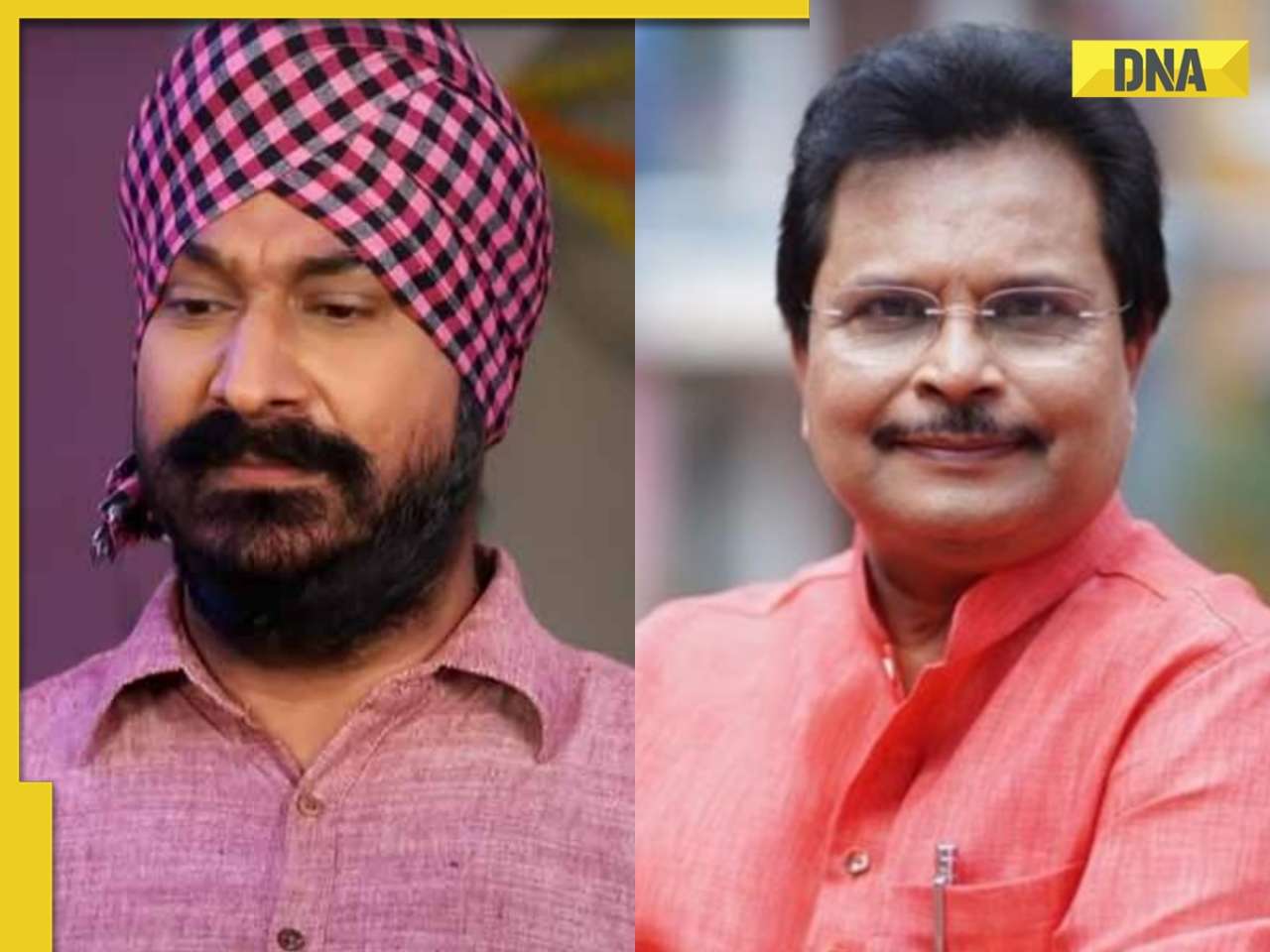





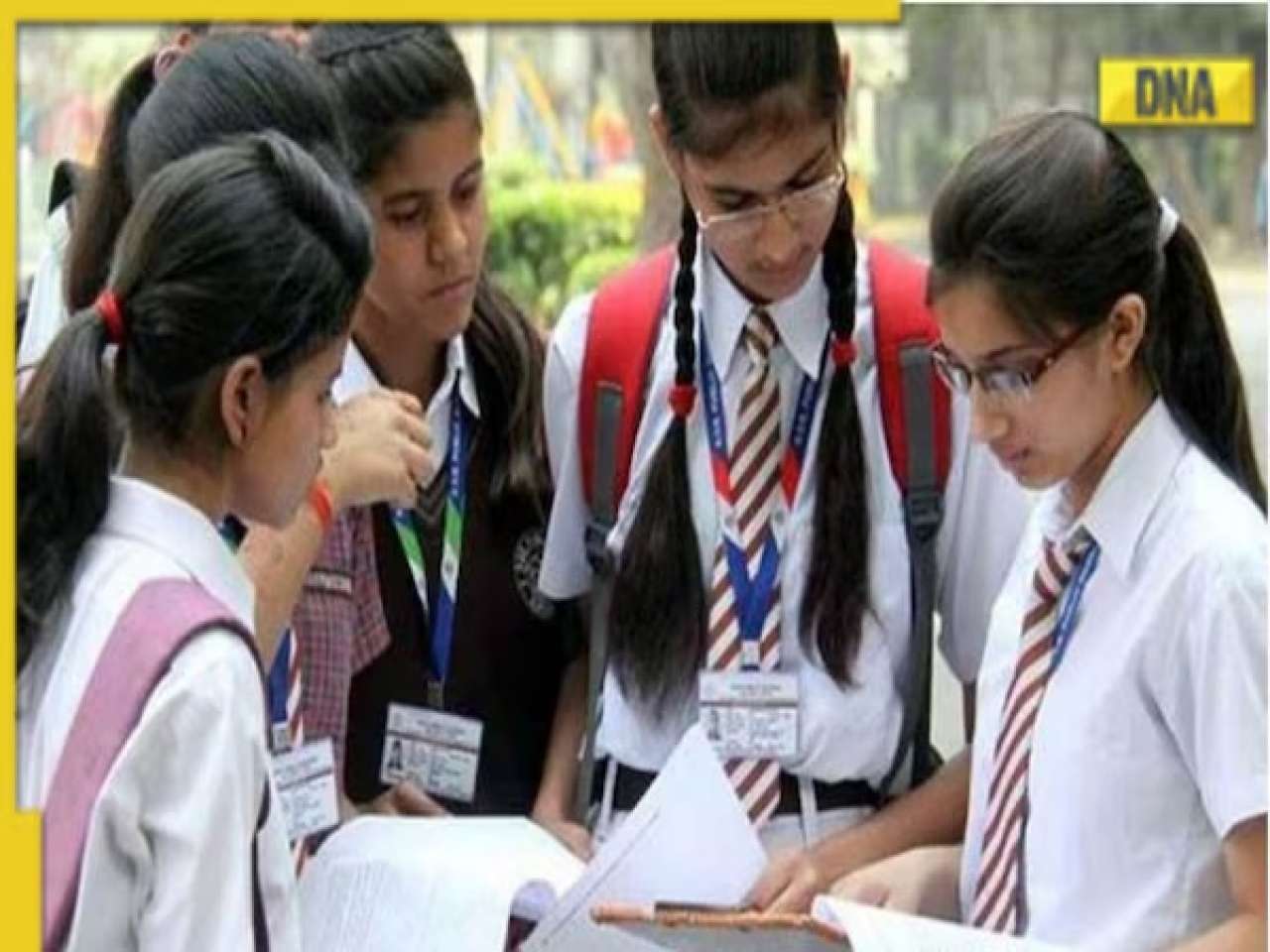

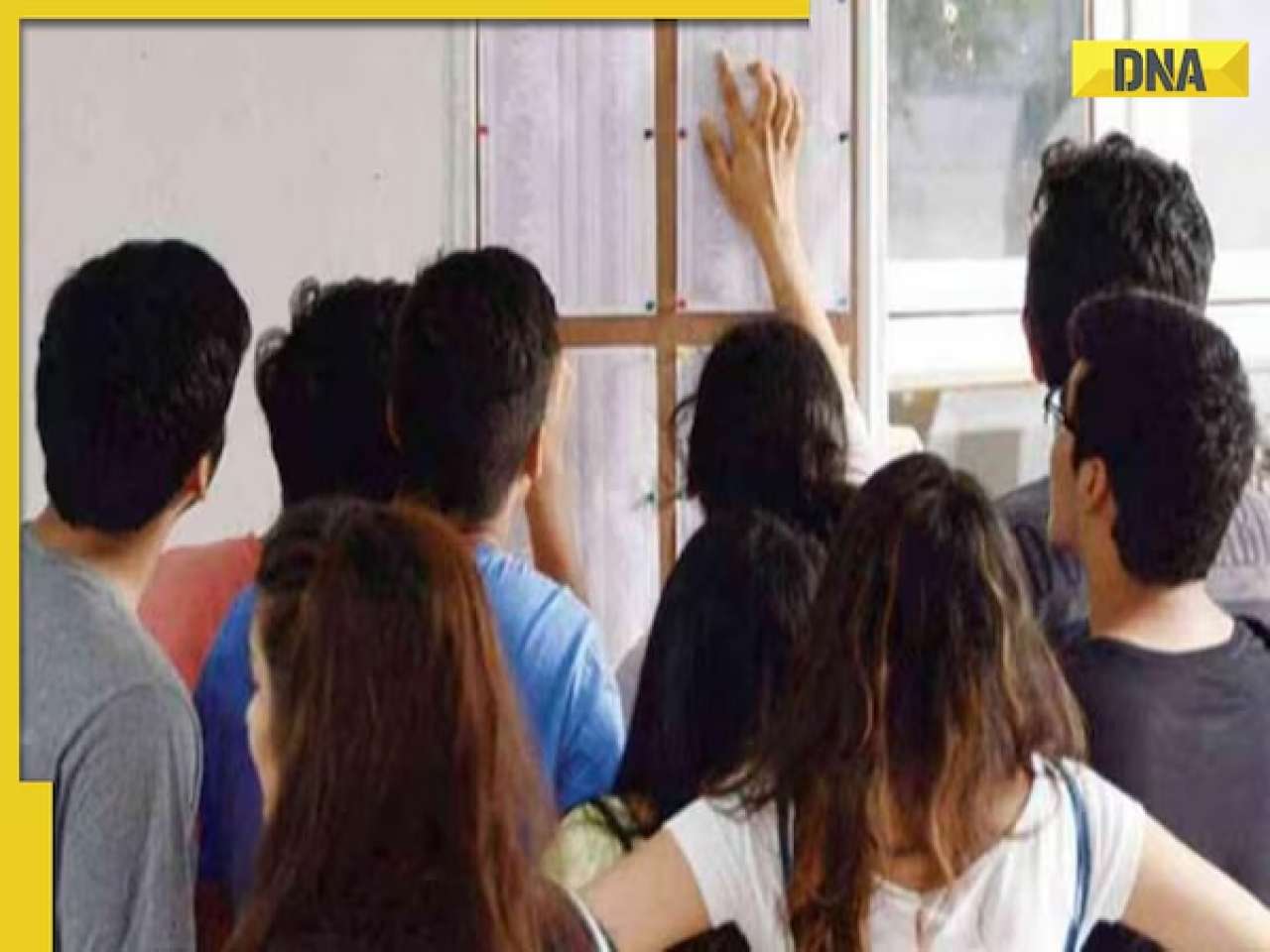
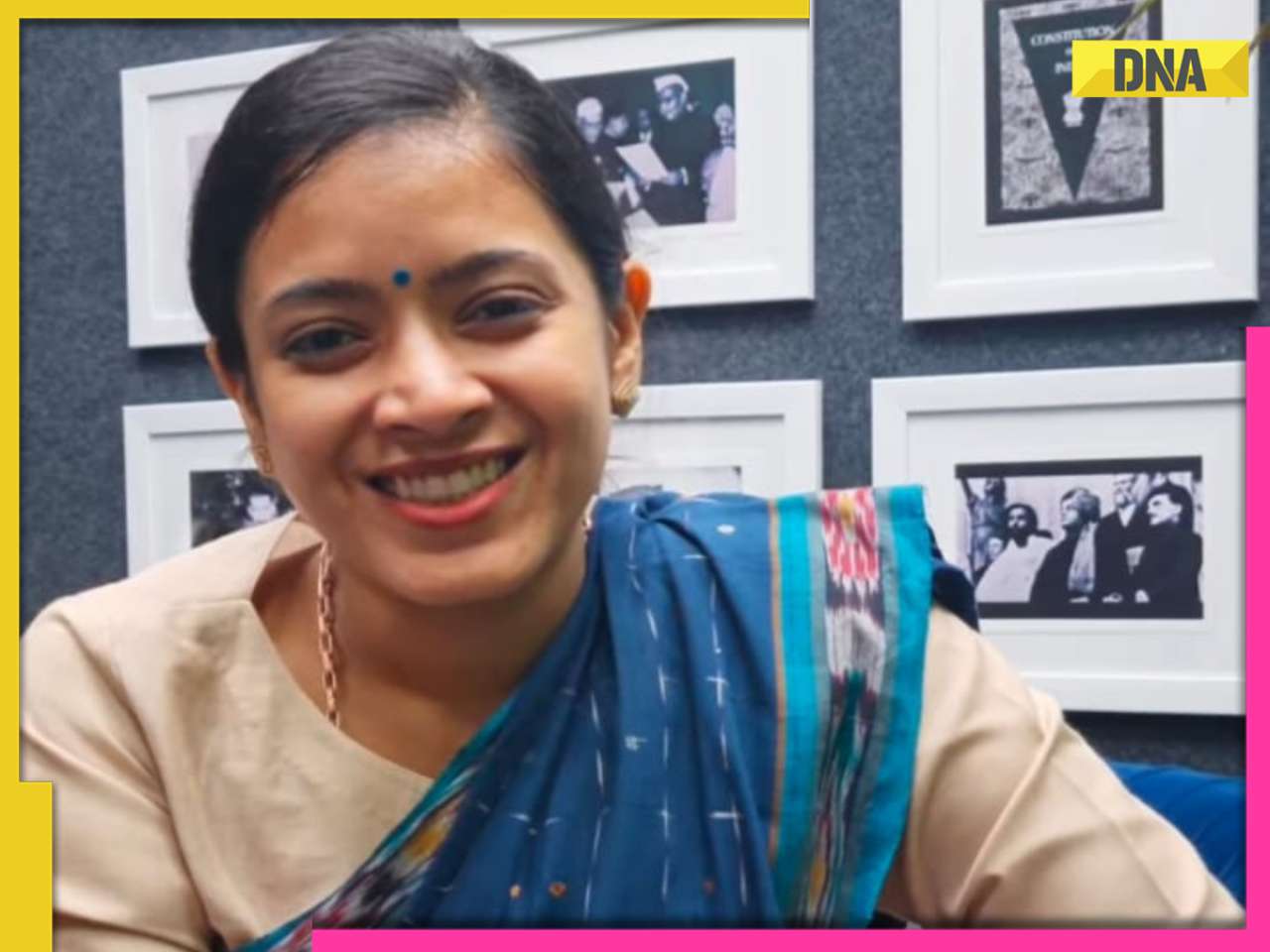



















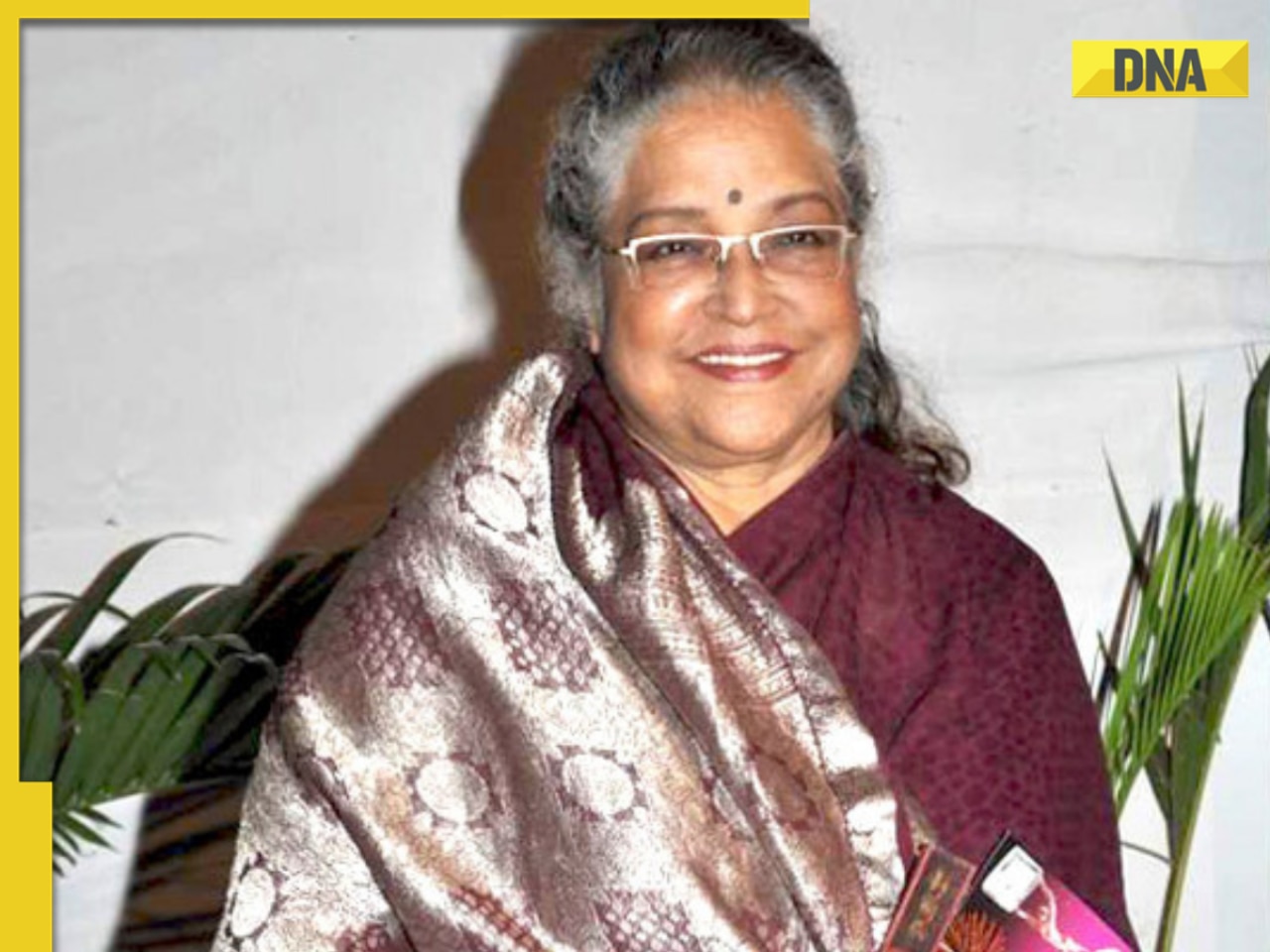

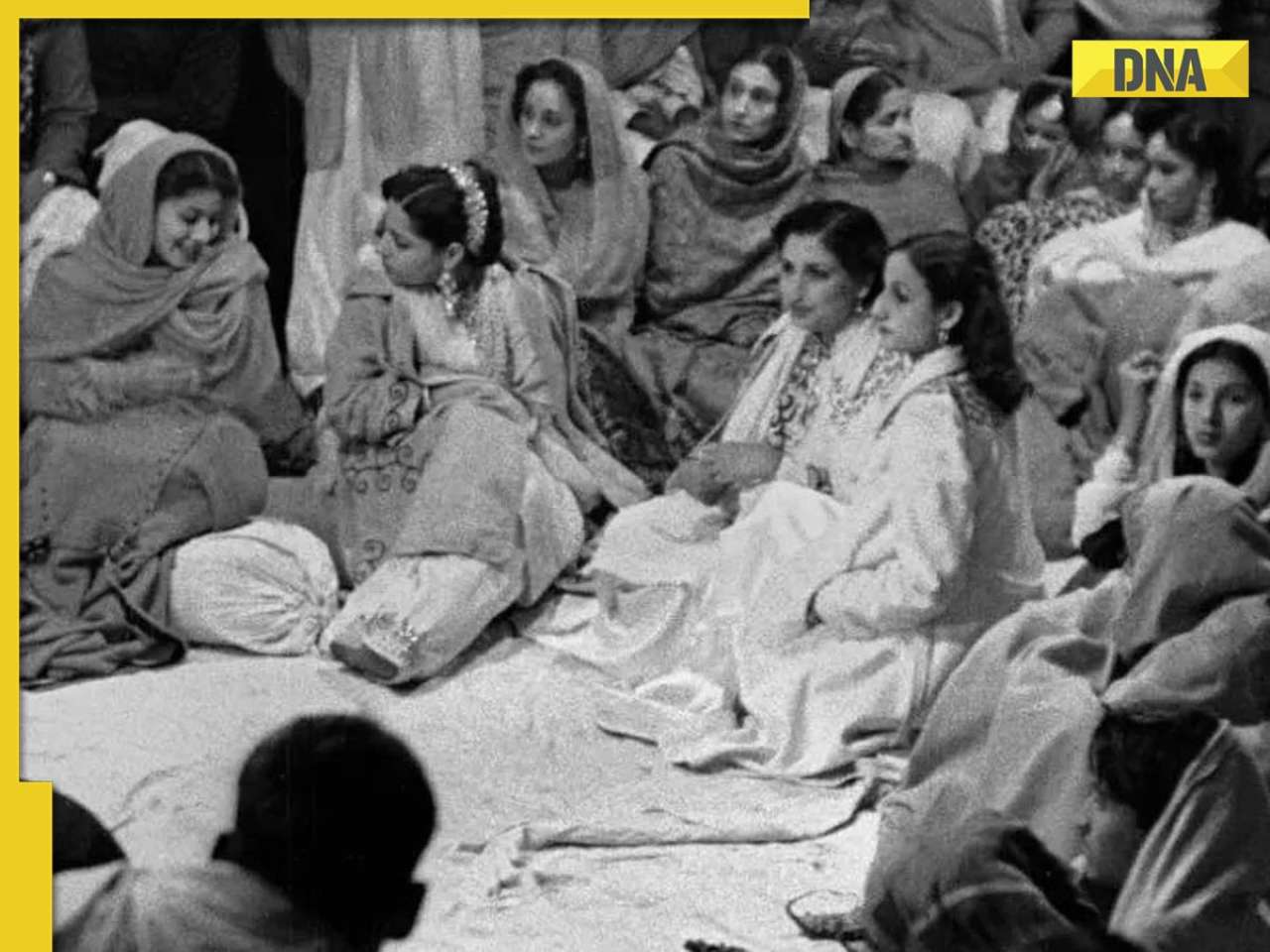





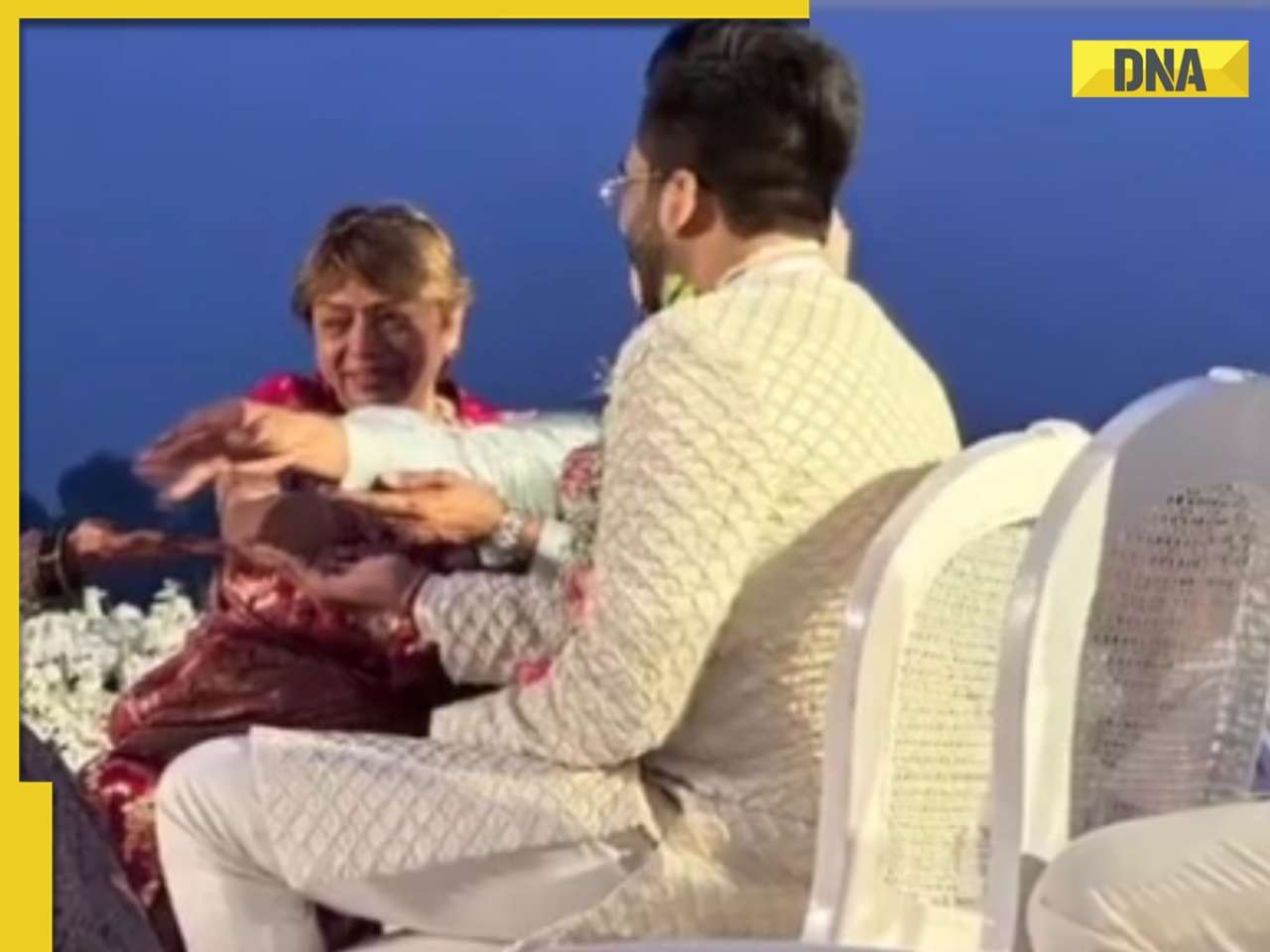





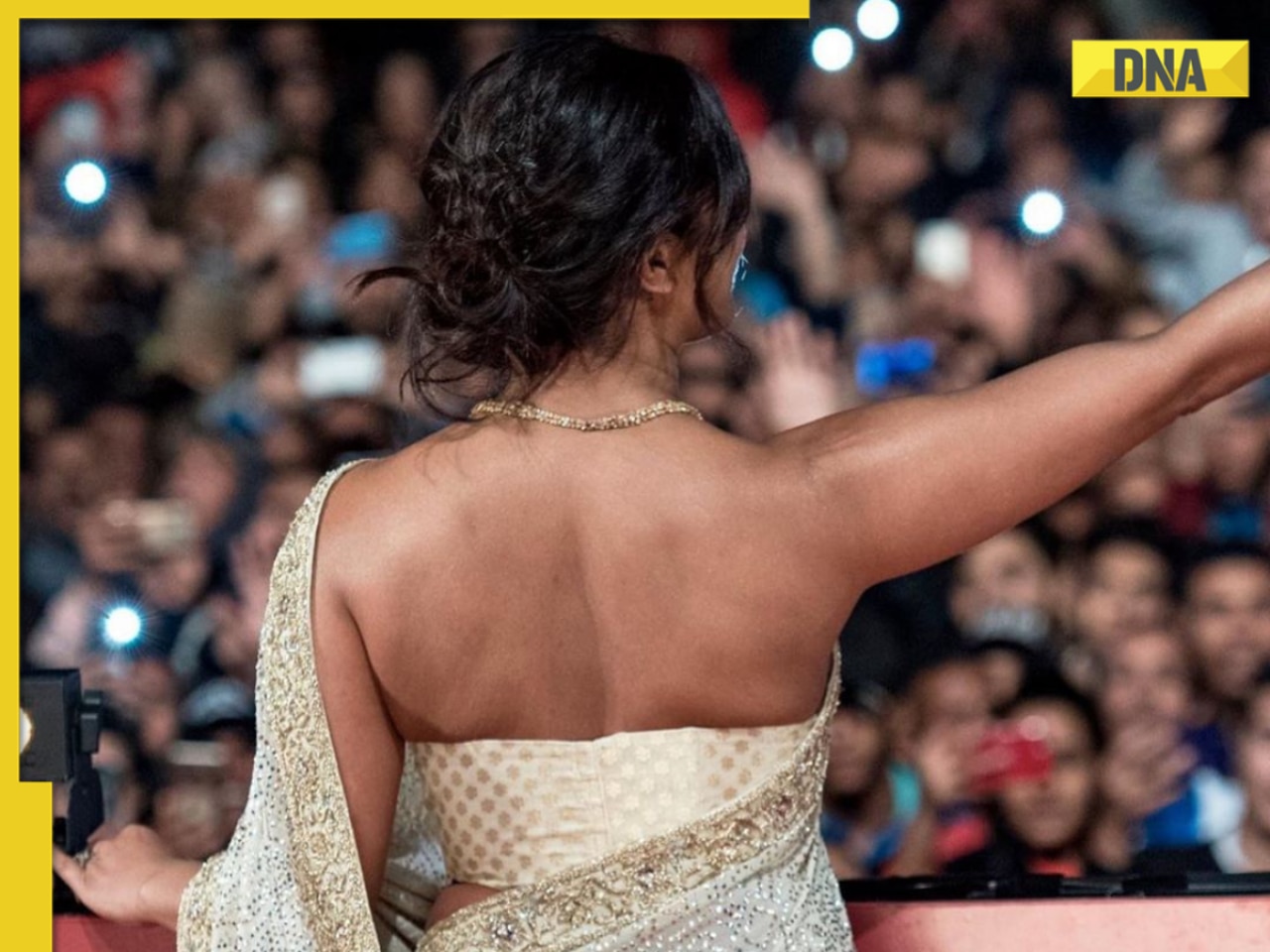
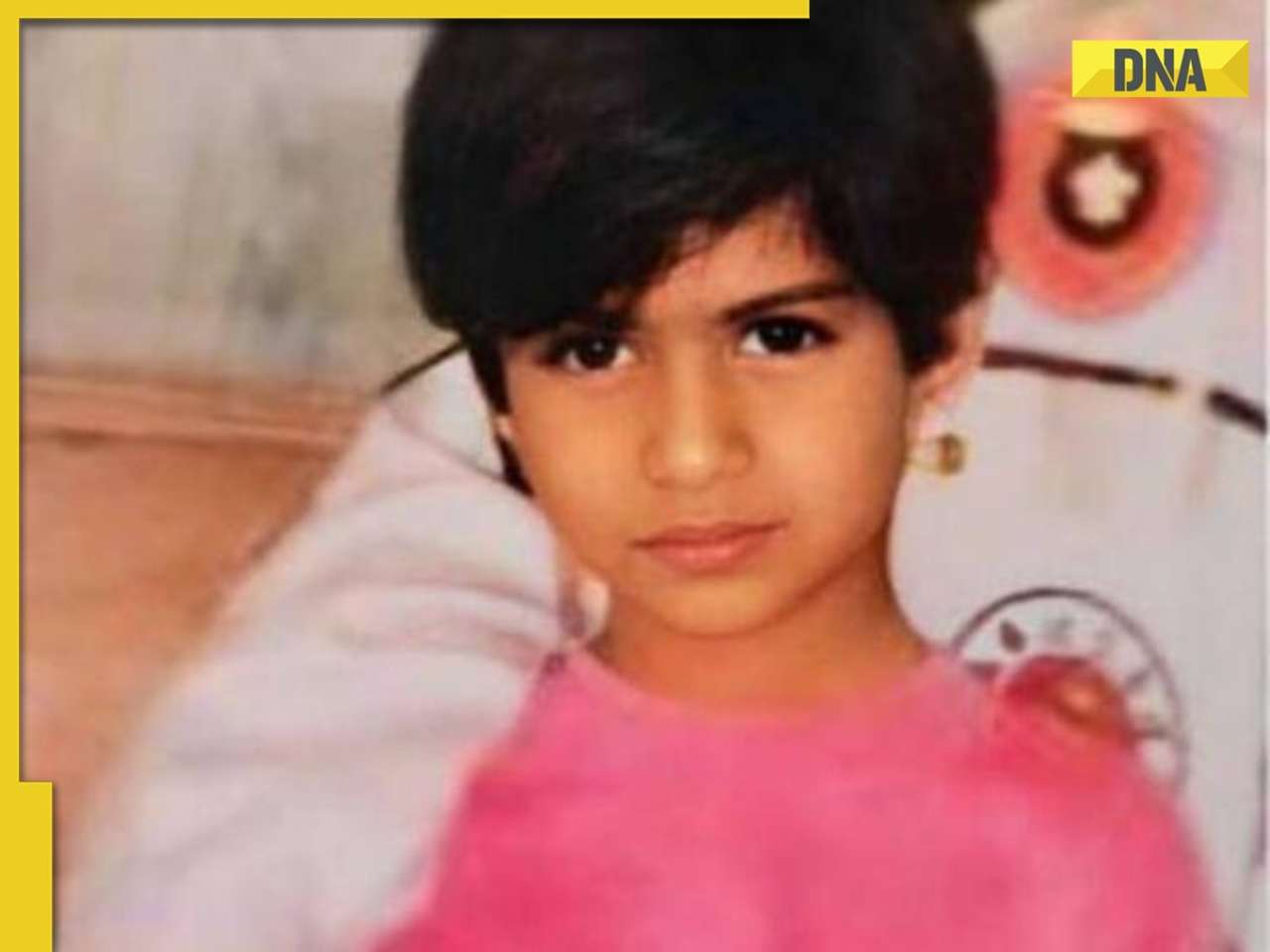

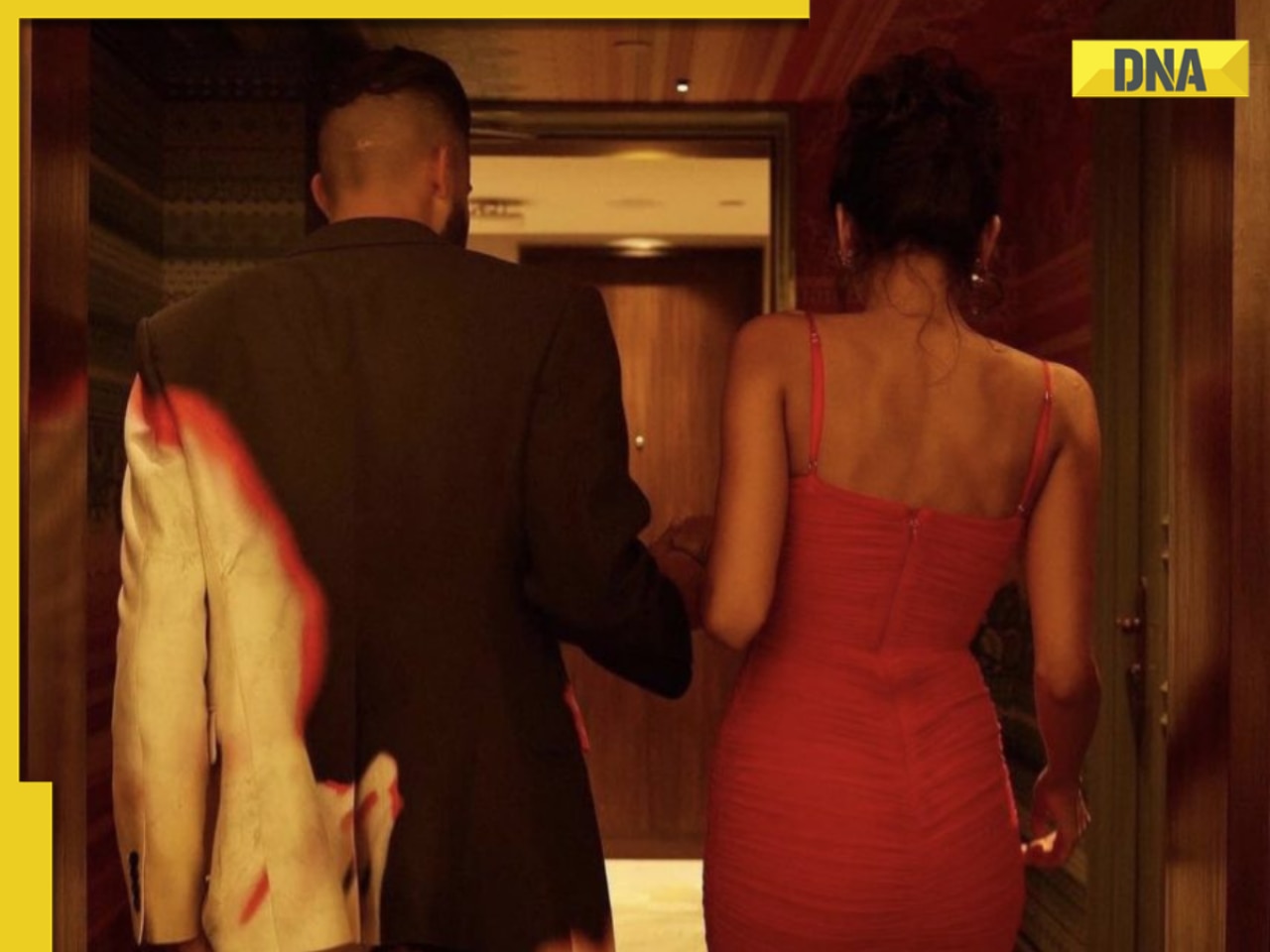

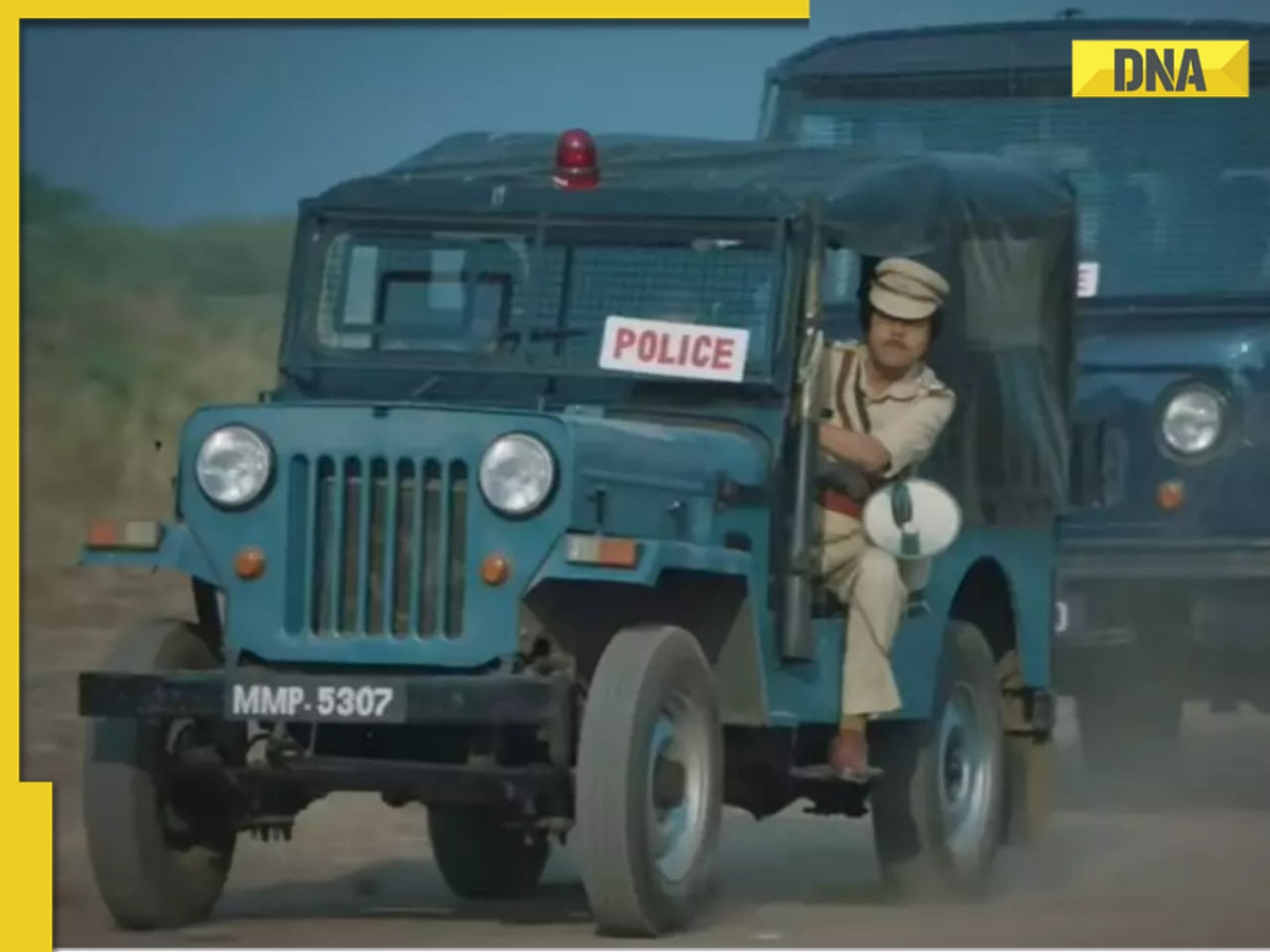





)
)
)
)
)
)